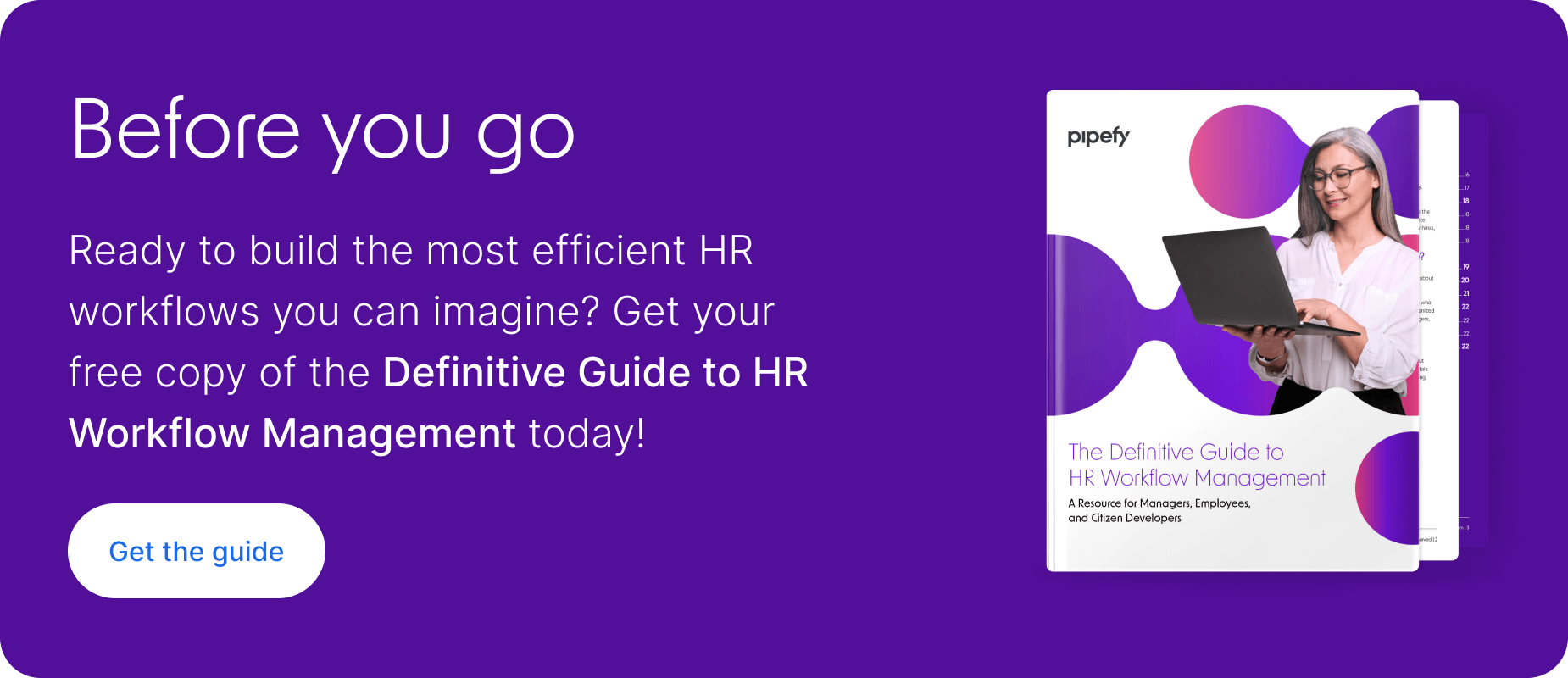ARTICLE SUMMARY
Our workplace models are changing and so should the employee onboarding process. Here’s why virtual onboarding is key to keeping up with the future of work.

Orientation, integration, training, organizational socialization. Despite going by many names, employee onboarding is an important business process that ensures new employees have all the necessary knowledge and support needed to excel in their new role. Today, employee onboarding is experiencing a technological pivot, pushing companies to embrace a new form of employee onboarding.
Keep reading to learn more about virtual onboarding and what companies can do to develop and improve their own virtual onboarding plan.
What is virtual onboarding?
Virtual onboarding is a way of remotely welcoming new employees to a company, using video conferencing programs like Zoom, Google Hangouts, Microsoft Teams, or Skype. Despite being recently supercharged by the pandemic, virtual onboarding is a relatively modern way of preparing employees for their new roles — and one that may soon become the new norm.
If remote or hybrid work is new to you, here are some tips for how to navigate new work models.
How is virtual onboarding different from in-person onboarding?
With the exception of being conducted from a screen rather than in-person, virtual onboarding is really no different than in-person employee onboarding. Like in-person employee onboarding, this initial interaction serves as a chance to explain things like company culture, goals, and employee benefits.
However, because onboarding remotely is dependent on technology, virtual onboarding requires HR managers and leaders to reconsider the onboarding experience and rethink pre-pandemic processes.
Here are four ways remote onboarding has changed the employee onboarding experience:
1. Pre-onboarding is more important than ever.
As many remote employees will begin their first day alone, it’s important to foster a feeling of connection long before their first day. An agenda of what to expect can provide a clear track for what’s to come during a new hire’s first week.
2. Collaboration between HR and IT departments has grown.
Previously, an employee would arrive on their first day in the office to find all of their equipment set up. With virtual onboarding, collaboration with the IT department is essential to getting new hires set up and ensuring they have access to everything they may need.
3. Communication and engagement are vital.
Four percent of new employees quit after having a bad first day. Starting a new job can be both exciting and challenging for remote employees — especially if they’ve never experienced a remote or hybrid work model.
4. Onboarding doesn’t end after the first week.
Checking in with new hires after their onboarding experience provides a chance to assure and support them, and it may even lead to insightful feedback to improve the onboarding experience.
Is virtual onboarding here to stay?
To put it shortly, yes. As more employees become fully remote or opt for a hybrid work model, the demand for an improved virtual onboarding experience will also continue to grow — but not without its challenges.
According to Workable’s The New World of World report, 37% of companies that continued to hire during the pandemic cited remote onboarding or training challenges as their main challenge. The number was higher for companies seeking to ramp up hiring “after the [pandemic] passes,” with 51% and 49% of respondents flagging candidate engagement and candidate onboarding as their main challenges.
| How great onboarding impacts employee performance |
|---|
| Improves employee retention by 82% |
| Improves productivity by over 70% |
What are examples of virtual onboarding best practices?
Best practices for onboarding remote employees can be summarized as follows: prepare, communicate, engage, and follow up. For a deeper understanding, consider these steps for a great virtual onboarding experience that prioritizes the employee experience:
Pre-onboarding
- Gather all your key players and materials.
- Conduct an onboarding test session.
- Double-check the guest list.
- Share a first-day checklist so new employees know what to expect when they start.
- Connect with the IT department to make sure email and other methods of communication, like Slack, are set up and that all equipment is delivered.
Onboarding
- Share a first-week agenda outlining the onboarding process and tasks, such as discussing benefits or setting up payroll.
- Connect new hires with their teams and manager.
- Engage with employees throughout the process and gauge how they’re feeling.
Post-onboarding
- Double-check they have access to all the software or programs needed to work.
- Reach out to new hires and ask how they are doing or if they have any questions, and address any concerns or worries they may have.
Let Pipefy elevate your virtual onboarding experience
It’s becoming more clear that as more companies embrace flexible work environments, whether it’s a fully remote company or a hybrid work model, virtual onboarding is here to stay — and Pipefy is here to help.
In addition to building a process that works, it’s important to also build in the right tools to make the virtual onboarding process work. Here are just a few HR-specific integrations that Pipefy offers: ADP, Docusign, Gusto, Jobvite, LinkedIn, Workday, Zenefits.










